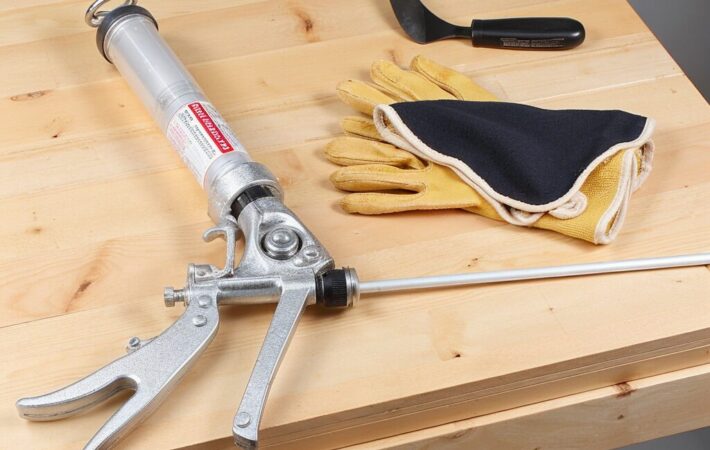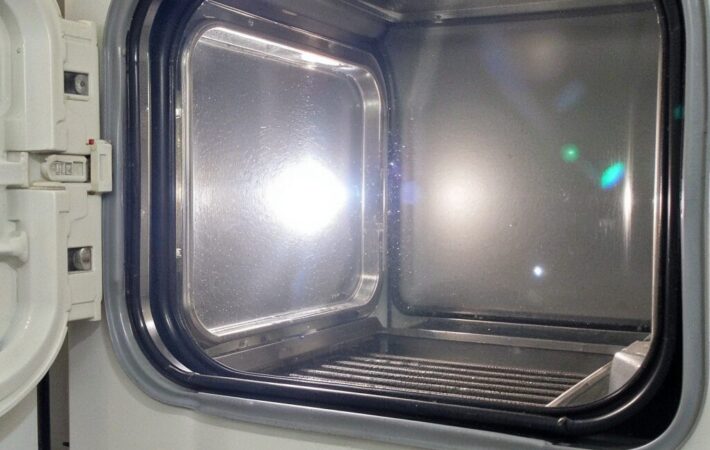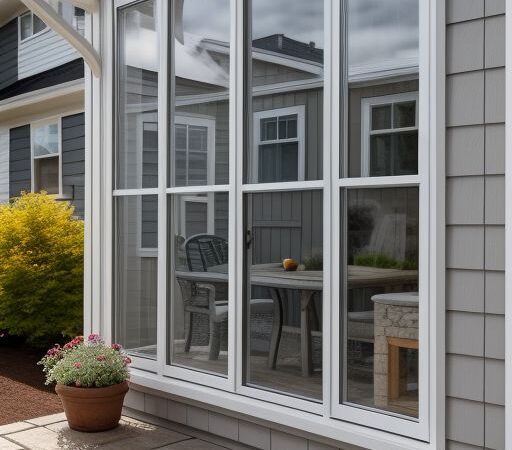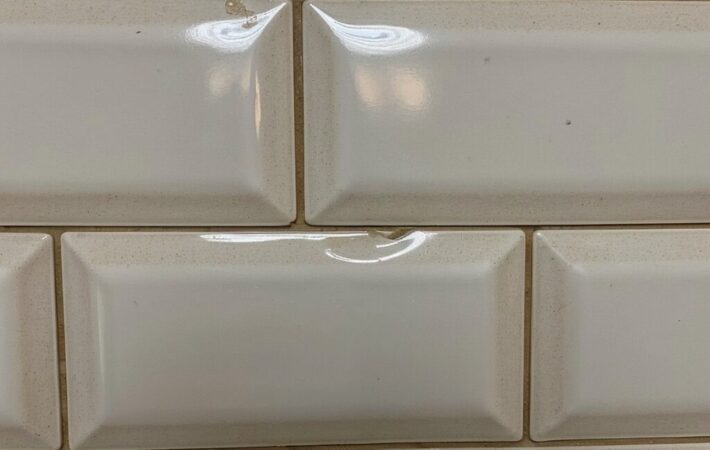Introduction
Selecting the best silicone sealant for your project can be the difference between a durable, long-lasting finish and a frustrating, costly repair. Whether you’re sealing a bathroom, weatherproofing outdoor fixtures, or tackling industrial applications, understanding the types of silicone sealants available and their properties is essential.
In this guide, we’ll cover everything from choosing the right sealant for specific environments to expert application tips and product recommendations. Get ready to achieve professional results with confidence.
Why Choosing the Right Silicone Sealant Matters
Risks of Using the Wrong Sealant
Using the wrong silicone sealant for a project can lead to a host of issues:
- Cracking and Peeling: Inadequate sealants in high-moisture areas, such as bathrooms, can crack or peel prematurely.
- Weak Bonds: Using a sealant incompatible with the material can result in poor adhesion or even corrosion.
- Shortened Lifespan: A non-UV-resistant sealant used outdoors may degrade quickly under sunlight.
How the Best Silicone Sealant Can Transform Your Project
- Enhanced Longevity: High-quality silicone sealants can last 10–20 years, reducing the need for repairs.
- Professional Aesthetics: Achieve smooth, seamless finishes for any surface.
- Maximum Protection: Protects against water leaks, mold growth, and structural damage.
💡 Pro Tip: Always choose mold-resistant silicone for bathrooms and UV-resistant silicone for outdoor applications like siding or windows.
Key Factors to Consider When Choosing the Best Silicone Sealant
1. Purpose of Application
Every project requires a tailored solution:
- Bathrooms and Kitchens: Opt for waterproof and mold-resistant silicone sealants to handle constant moisture.
- Outdoor Use: Use UV-resistant sealants to prevent cracking and discoloration under sunlight.
- Specialized Applications: High-temperature silicone sealants are ideal for ovens, automotive parts, and industrial equipment.
🔗 Related Blog: Discover the Top 7 Applications of Silicone Sealants to see how silicone sealants excel in different scenarios.
2. Material Compatibility
The material you’re sealing plays a major role in selecting the right product:
- Acid-Cure Silicone Sealants: Best for glass and ceramic but can corrode metals.
- Neutral-Cure Silicone Sealants: Ideal for metals, concrete, and sensitive materials like marble or aluminum.
💡 Pro Tip: Always test the sealant on a small, inconspicuous area to ensure compatibility.
3. Environmental Conditions
Some environments demand specialized silicone formulations:
- Moisture-Prone Areas: Bathrooms and kitchens need mold-resistant products like OPTIMUS Waterproof Silicone Sealant.
- UV-Exposed Surfaces: Outdoor sealants, such as EverShield UV-Resistant Silicone Sealant, ensure durability against sunlight.
- Extreme Heat or Cold: High-temperature sealants are essential for applications like sealing stovetops or automotive windshields.
4. Longevity and Maintenance
While premium silicone sealants may cost more initially, they save time and money in the long run with reduced maintenance needs and longer lifespans.
Top Types of the Best Silicone Sealants
1. Multi-Purpose Silicone Sealants
These versatile products work well for general household projects, from sealing gaps to minor repairs.
Applications: Windows, doors, and small DIY projects.
Recommended Product: AutoStar Germany Multi-Purpose Silicone Sealant – Provides excellent adhesion on glass, metal, and wood.
2. Waterproof Silicone Sealants
Perfect for high-moisture environments, these sealants prevent mold and water infiltration.
Applications: Bathrooms, kitchens, and laundry rooms.
Recommended Product: OPTIMUS Waterproof Silicone Sealant – Ensures a long-lasting seal resistant to moisture and mold.
3. UV-Resistant Silicone Sealants
Designed to withstand sunlight and weather exposure, making them ideal for outdoor projects.
Applications: Siding, roofing, and outdoor furniture.
4. High-Temperature Silicone Sealants
These specialized products are engineered for applications exposed to extreme heat.
Applications: Ovens, engines, and industrial machinery.
Recommended Product: Geocel High-Temperature Silicone Sealant – Withstands temperatures up to 400°F (204°C).
How to Apply the Best Silicone Sealant for Optimal Results
Step 1: Surface Preparation
- Remove old sealant using a silicone remover or utility knife.
- Clean the surface thoroughly with rubbing alcohol or acetone to eliminate dirt and grease.
Step 2: Application
- Cut the nozzle at a 45-degree angle for precise application.
- Use a caulking gun to apply the sealant evenly along the seam.
Step 3: Smoothing the Seal
Smooth the bead using a caulking tool or a damp finger for a clean, professional finish.
Step 4: Curing
- Allow the sealant to cure for 24–48 hours as per the manufacturer’s guidelines.
- Avoid exposing the sealant to water or stress during this period.
💡 Pro Tip: Work in small sections to ensure even application and avoid rushed results.
Common Mistakes to Avoid
1. Skipping Surface Preparation
Dirt, moisture, or old sealant residue can weaken adhesion and cause premature failure.
2. Using the Wrong Sealant
Always match the sealant to the project’s requirements. For instance, avoid using general-purpose sealant in high-moisture or UV-exposed areas.
3. Ignoring Manufacturer Guidelines
Sealants require specific curing times and application conditions to perform optimally.
🔗 Related Blog: Avoid these errors with our Mistakes to Avoid When Applying Silicone Sealants guide.
Frequently Asked Questions (FAQ)
High-quality silicone sealants can last between 10–20 years, depending on the environment and maintenance.
No, silicone sealants are not paintable. Use an acrylic or hybrid sealant for painted finishes.
UV-resistant options like EverShield UV-Resistant Silicone Sealant are ideal for outdoor projects.
Use a silicone remover or utility knife to scrape away old sealant. Clean the surface with rubbing alcohol before reapplying.
Conclusion
Choosing the best silicone sealant for your project ensures long-lasting, professional-grade results. Whether you’re waterproofing a bathroom, sealing outdoor fixtures, or tackling industrial repairs, matching the product to your needs is key.
💡 Start Your Project Right: Explore our Silicone Sealant Collection for premium products or discover expert advice in our Top 7 Applications of Silicone Sealants blog.






Leave a comment
Your email address will not be published. Required fields are marked *